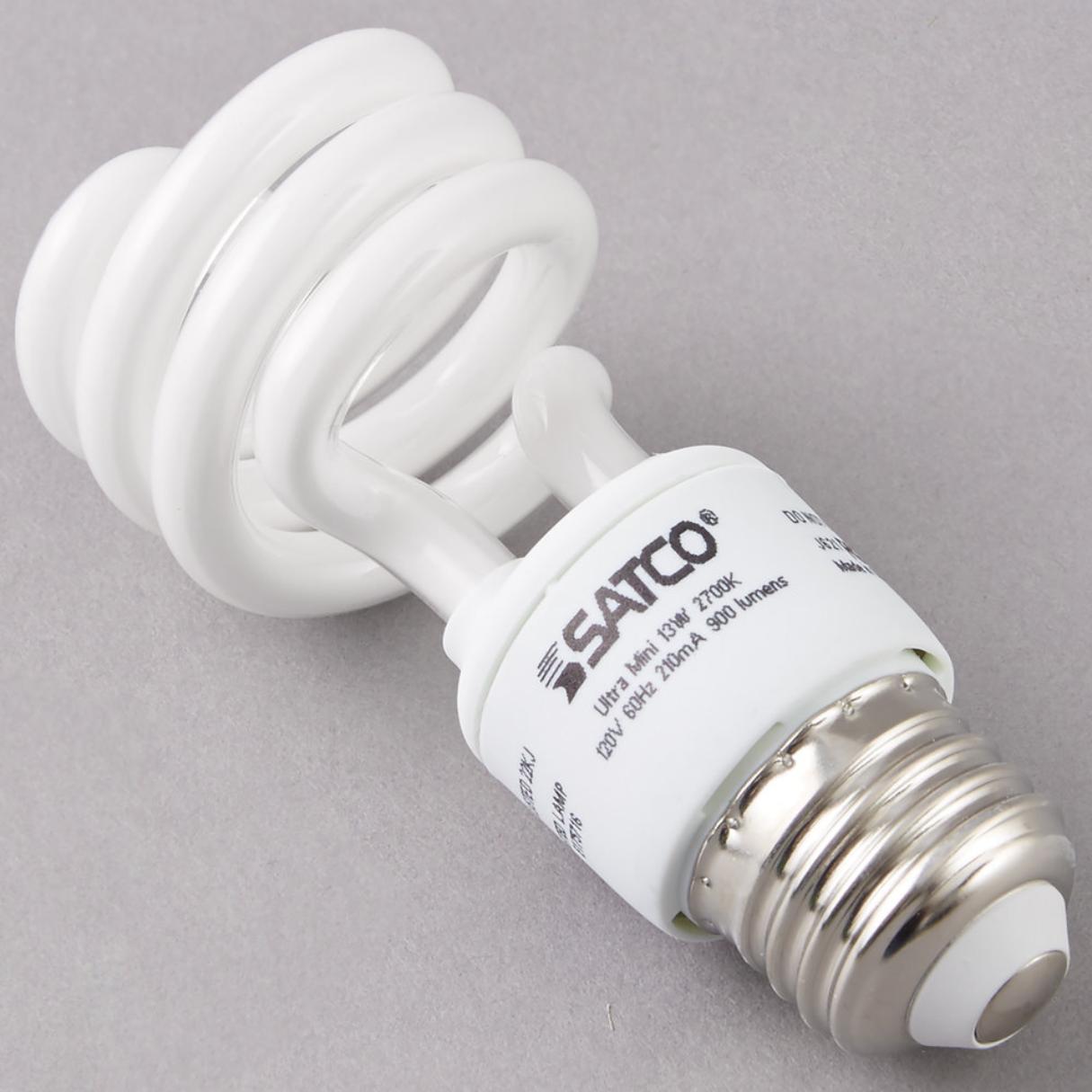

Articles
What Is CFL Light Bulb
Modified: August 25, 2024
Learn all about CFL light bulbs in this informative article. Discover their benefits, how they work, and tips for proper usage.
(Many of the links in this article redirect to a specific reviewed product. Your purchase of these products through affiliate links helps to generate commission for Storables.com, at no extra cost. Learn more)
Introduction
Welcome to the world of CFL light bulbs! In this article, we will take a deep dive into understanding what CFL light bulbs are, how they work, and the pros and cons of using them. CFL, or Compact Fluorescent Lamp, is a type of energy-efficient light bulb that has gained popularity in recent years due to its long lifespan and reduced energy consumption.
With the growing concern for energy efficiency and environmental sustainability, CFL light bulbs have emerged as a viable alternative to traditional incandescent bulbs. In this article, we will explore the various aspects of CFL light bulbs, from their construction to their impact on the environment.
So, if you’re ready to shed some light on CFL light bulbs, let’s get started!
Key Takeaways:
- CFL light bulbs offer energy efficiency, longer lifespan, and versatile lighting options, making them a sustainable choice for homes and businesses, despite initial higher costs.
- Proper disposal of CFL bulbs is crucial to minimize environmental impact and protect human health, emphasizing the need for recycling and responsible handling.
Read more: What Is A Light Bulb
Definition of CFL Light Bulb
A CFL light bulb, also known as a Compact Fluorescent Lamp, is a type of energy-efficient lighting technology that is designed to replace traditional incandescent bulbs. CFL bulbs are made up of a combination of phosphors and gas-filled tubes, which emit light when an electrical current passes through them.
Unlike incandescent bulbs, which rely on a filament to produce light, CFL bulbs utilize a different approach. Inside a CFL bulb, there are two electrodes at each end of the tube. When electricity is applied, the electrons flow through the tube and collide with the argon and mercury vapor inside. This collision excites the electrons and releases energy in the form of ultraviolet radiation.
The ultraviolet radiation then hits the phosphor coating on the inside of the tube, causing it to fluoresce and emit visible light. This process allows CFL bulbs to produce light more efficiently than incandescent bulbs, resulting in lower energy consumption and longer lifespan.
CFL bulbs come in various shapes and sizes, including spiral, triple-tube, and quad-tube configurations. They are available with different bases to fit standard light fixtures, making them suitable for both residential and commercial use.
One of the key features of CFL bulbs is their energy efficiency. Compared to traditional incandescent bulbs, CFL bulbs consume up to 75% less energy while providing the same amount of light. This energy efficiency not only helps reduce electricity bills but also contributes to a greener and more sustainable environment by reducing greenhouse gas emissions.
Furthermore, CFL bulbs have a longer lifespan compared to incandescent bulbs. While incandescent bulbs typically last for around 1,000 hours, CFL bulbs can last anywhere between 8,000 to 10,000 hours. This means fewer bulb replacements, leading to cost savings and less waste.
Overall, CFL light bulbs offer a more energy-efficient and environmentally-friendly alternative to traditional incandescent bulbs. They are widely used in homes, offices, and public spaces, contributing to a more sustainable future.
How CFL Light Bulbs Work
Understanding how CFL light bulbs work is key to appreciating their energy-efficient nature. As mentioned earlier, CFL bulbs utilize a combination of phosphors and gas-filled tubes to generate light.
When an electrical current is applied to a CFL bulb, it flows through the two electrodes at each end of the tube. These electrodes are coated with a conductive material and are separated by a small gap. This gap is filled with a mixture of argon gas and a small amount of mercury vapor.
As the current passes through the electrodes, it excites the electrons in the gas mixture, causing them to collide with the mercury atoms. These collisions result in the release of ultraviolet (UV) radiation.
Now, UV radiation is not visible to the human eye, so in order for the CFL bulb to produce visible light, a phosphor coating on the inside of the tube comes into play. The phosphor coating absorbs the UV radiation and re-emits it as visible light, creating the desired illumination.
It’s important to note that the specific combination of phosphors used in a CFL bulb determines the color temperature of the light produced. Different phosphors emit different colors of light, ranging from warm tones (resembling incandescent light) to cool tones (resembling natural daylight).
As the CFL bulb operates, it reaches its full brightness within a few minutes. This warm-up time is necessary for the electrodes to become fully heated and for the gas to reach its optimal operating pressure. Therefore, it may take a short while for a CFL bulb to reach its maximum brightness upon being turned on.
One thing to be aware of is that the mercury content in CFL bulbs has raised concerns over proper disposal. While the amount of mercury in each bulb is small, it is crucial to handle broken or expired CFL bulbs with caution and follow appropriate recycling or disposal protocols to prevent any potential environmental harm.
Overall, the working principle of CFL light bulbs enables them to produce light in a highly efficient and eco-friendly manner. Their ability to convert electrical energy into visible light while minimizing energy waste is a key reason why they have gained popularity as an alternative to traditional incandescent bulbs.
Benefits of Using CFL Light Bulbs
There are numerous benefits to using CFL light bulbs, making them a popular choice for both residential and commercial lighting. Let’s explore some of the key advantages:
- Energy Efficiency: CFL bulbs are highly energy-efficient, consuming significantly less energy than traditional incandescent bulbs. They can produce the same amount of light while using up to 75% less electricity. This energy efficiency not only reduces electricity bills but also contributes to a greener and more sustainable environment by minimizing carbon emissions.
- Longer Lifespan: CFL bulbs have a much longer lifespan compared to incandescent bulbs. While an incandescent bulb typically lasts around 1,000 hours, a CFL bulb can last anywhere between 8,000 to 10,000 hours. This means fewer bulb replacements, resulting in cost savings and less waste.
- Versatility: CFL bulbs are available in a variety of shapes, sizes, and color temperatures, making them suitable for different lighting needs. Whether you’re looking for warm, cozy lighting for your living room or bright, daylight-like illumination for your workspace, there is a CFL bulb to meet your requirements.
- Cooler Operation: CFL bulbs produce significantly less heat compared to traditional incandescent bulbs. This makes them safer to use and reduces the strain on cooling systems, especially in warmer climates. Additionally, cooler operation helps prolong the life of CFL bulbs, further enhancing their cost-effectiveness.
- Cost Savings: Though CFL bulbs are initially more expensive than incandescent bulbs, their energy efficiency and long lifespan result in significant cost savings over time. The reduced energy consumption and fewer bulb replacements translate into lower electricity bills and reduced maintenance expenses.
- Easy Retrofitting: CFL bulbs are designed to fit standard light fixtures, making it easy to upgrade existing incandescent lighting to CFL technology. Simply replacing incandescent bulbs with CFL bulbs allows you to immediately start enjoying the benefits of energy efficiency without the need for any major modifications.
Overall, the benefits of using CFL light bulbs encompass energy savings, reduced environmental impact, prolonged lifespan, and versatile lighting options. By making the switch to CFL bulbs, you can contribute to a more sustainable future and enjoy the advantages of cost-effective and eco-friendly lighting.
Drawbacks of CFL Light Bulbs
While CFL light bulbs offer numerous benefits, it’s important to consider their drawbacks as well. Understanding the limitations of CFL bulbs can help you make an informed decision about whether they are the right choice for your lighting needs. Here are some of the drawbacks associated with CFL light bulbs:
- Higher Initial Cost: CFL bulbs are generally more expensive upfront compared to traditional incandescent bulbs. Although the cost has decreased over time, the initial investment may deter some consumers, especially those on a tight budget.
- Warm-Up Time: Unlike incandescent bulbs that reach full brightness instantly, CFL bulbs require a warm-up time to reach their maximum illumination. It can take a few minutes for the bulb to reach its full brightness after being turned on. This may not be ideal in situations where immediate lighting is required.
- Mercury Content: CFL bulbs contain a small amount of mercury, which is necessary for their operation. While the amount of mercury is relatively low, it is important to handle broken or expired CFL bulbs with care. Proper recycling and disposal methods must be followed to prevent any potential environmental harm.
- Dimming Challenges: CFL bulbs may not be compatible with all types of dimmer switches. Most CFL bulbs require specific dimmer switches designed for their technology. Using an incompatible dimmer switch can lead to flickering, buzzing, or reduced lifespan of the bulb.
- Sensitive to Temperature: Extreme temperatures can impact the performance of CFL bulbs. Very cold temperatures can cause CFL bulbs to take longer to reach full brightness, while high temperatures can reduce their lifespan. It’s important to check the manufacturer’s recommendations and choose CFL bulbs suitable for the intended environment.
- Disposal Requirements: Due to the mercury content, CFL bulbs must be properly disposed of to avoid environmental contamination. This requires additional effort and awareness on the part of the user to ensure that expired or broken bulbs are recycled or disposed of in accordance with local regulations.
Despite these drawbacks, CFL light bulbs continue to be a popular choice for energy-efficient lighting. However, it’s essential to weigh the pros and cons and consider your specific lighting requirements before making a decision.
Read more: What Is An LED Light Bulb
Comparison between CFL and Incandescent Bulbs
When it comes to choosing the right type of light bulb, it’s important to compare the characteristics of CFL (Compact Fluorescent Lamp) and incandescent bulbs. Let’s explore the key differences and similarities between the two:
Energy Efficiency:
CFL bulbs are significantly more energy-efficient than incandescent bulbs. They use up to 75% less energy, which translates to lower electricity bills and reduced environmental impact. Incandescent bulbs, on the other hand, convert most of the energy into heat rather than light, making them much less efficient in terms of energy consumption.
Lifespan:
CFL bulbs have a much longer lifespan compared to incandescent bulbs. While incandescent bulbs typically last around 1,000 hours, CFL bulbs can last anywhere between 8,000 to 10,000 hours. This means fewer replacements and reduced maintenance costs over time.
Illumination:
Both CFL and incandescent bulbs produce light, but there are differences in the quality and characteristics of the illumination. Incandescent bulbs generally offer a warm, soft, and full-spectrum light similar to natural sunlight. CFL bulbs come in various color temperatures, ranging from warm to cool tones. Some people may prefer the aesthetics of incandescent bulbs, while others may appreciate the versatility of CFL bulbs.
Read more: What Is A Flood Light Bulb?
Heat Generation:
Incandescent bulbs generate a significant amount of heat while emitting light, which can contribute to increased indoor temperatures. This can put extra strain on cooling systems, especially in warmer climates. In contrast, CFL bulbs produce significantly less heat, resulting in reduced cooling needs and making them safer to handle.
Environmental Impact:
Due to their energy efficiency, CFL bulbs have a lower carbon footprint compared to incandescent bulbs. They consume less energy, leading to reduced greenhouse gas emissions. However, it’s important to note that CFL bulbs contain a small amount of mercury, making proper disposal essential to prevent environmental contamination. Incandescent bulbs do not contain any hazardous substances but are less environmentally friendly overall due to their higher energy consumption.
Pricing:
While CFL bulbs are initially more expensive than incandescent bulbs, their longer lifespan and energy efficiency make them more cost-effective in the long run. The price of both types of bulbs has decreased over time, but CFL bulbs still have a higher upfront cost. However, the potential energy savings and reduced need for replacements make CFL bulbs a worthwhile investment.
Ultimately, the choice between CFL and incandescent bulbs depends on your specific needs and preferences. If energy efficiency and environmental considerations are important to you, CFL bulbs are a good choice. However, if you prefer the warm and familiar lighting of incandescent bulbs, you may opt for them in certain applications. It’s essential to evaluate factors such as energy consumption, longevity, quality of illumination, and environmental impact when determining the most suitable bulb for your lighting needs.
Proper Disposal of CFL Light Bulbs
Due to the small amount of mercury present in CFL (Compact Fluorescent Lamp) bulbs, it is crucial to handle their disposal with care to protect the environment and human health. Proper disposal of CFL bulbs ensures that the mercury does not contaminate soil, water, or air. Here are some guidelines to follow for the safe and responsible disposal of CFL light bulbs:
Read more: What Are Light Bulbs Made Of?
Recycling:
The best method for disposing of CFL bulbs is to recycle them. Many communities have recycling programs or designated collection centers for CFL bulbs. Contact your local municipality or recycling centers to inquire about drop-off locations or recycling events specific to CFL bulbs. Some retailers and home improvement stores also provide recycling services for CFL bulbs.
Manufacturer Take-Back Programs:
Some CFL bulb manufacturers offer take-back programs where they accept used bulbs for proper recycling or disposal. Check the manufacturer’s website or packaging to see if they provide any information or instructions on how to return used CFL bulbs to them. Participating in these programs ensures that the bulbs are disposed of responsibly.
Protective Packaging:
When transporting used or broken CFL bulbs for recycling or disposal, ensure that they are properly packaged to prevent breakage. Place the bulb in a sealed plastic bag or the original packaging to contain any potential mercury vapor or glass shards. This helps protect yourself and others from exposure to mercury.
Avoid General Waste Bin:
Do not throw CFL bulbs into the regular household waste bin. This can lead to improper disposal, and the bulbs may end up in a landfill, posing a risk of mercury contamination and harm to the environment. It is essential to treat CFL bulbs as hazardous waste due to their mercury content.
Read more: What Is Type A Light Bulb
Clean-Up of Broken Bulbs:
If a CFL bulb breaks, follow proper clean-up procedures to minimize exposure to mercury. Open windows to allow ventilation, and avoid vacuuming or sweeping broken pieces. Instead, use gloves and gently sweep up the fragments using stiff paper or cardboard. Place the broken pieces, along with any cleaning materials, in a sealed plastic bag for disposal.
Government Regulations:
Be aware of any local or regional regulations regarding the disposal of CFL bulbs. Some areas have specific guidelines or requirements for handling and recycling mercury-containing bulbs. Stay informed about any laws or guidelines in your area to ensure compliance and responsible disposal.
By following these disposal guidelines, you can contribute to the safe and environmentally-friendly management of CFL light bulbs. Responsible disposal ensures that the mercury contained in the bulbs is contained and recycled or handled appropriately. Remember, proper disposal plays a crucial role in protecting our environment and promoting sustainability.
Conclusion
CFL (Compact Fluorescent Lamp) light bulbs have undoubtedly made their mark as an energy-efficient and environmentally-friendly lighting option. In this article, we have explored the definition, working principle, benefits, drawbacks, and proper disposal of CFL bulbs.
CFL bulbs offer numerous advantages, including energy efficiency and longer lifespan. By consuming up to 75% less energy compared to traditional incandescent bulbs, CFL bulbs contribute to reduced electricity bills and lower carbon emissions. Their extended lifespan results in cost savings and reduced maintenance. Additionally, CFL bulbs provide versatility in terms of color temperature and compatibility with various light fixtures.
However, it is important to consider some drawbacks of CFL bulbs, such as higher initial cost, warm-up time, and proper disposal requirements due to the small amount of mercury content. It is necessary to handle and dispose of CFL bulbs responsibly to minimize environmental impact and potential harm to human health.
When comparing CFL bulbs to incandescent bulbs, the energy efficiency, longer lifespan, and reduced heat generation of CFL bulbs make them a more sustainable choice. Despite the initial higher cost, CFL bulbs offer significant long-term cost savings and environmental benefits.
In conclusion, CFL light bulbs are an excellent option for those seeking energy-efficient, durable, and eco-friendly lighting solutions. By making the switch to CFL bulbs, we can reduce our carbon footprint, conserve energy, and contribute to a more sustainable future. Remember to follow proper disposal guidelines and take advantage of recycling programs to ensure the responsible handling of CFL bulbs.
So, whether you’re illuminating your home, office, or any other space, consider the advantages of CFL bulbs and their positive impact on both your wallet and the planet.
Frequently Asked Questions about What Is CFL Light Bulb
Was this page helpful?
At Storables.com, we guarantee accurate and reliable information. Our content, validated by Expert Board Contributors, is crafted following stringent Editorial Policies. We're committed to providing you with well-researched, expert-backed insights for all your informational needs.
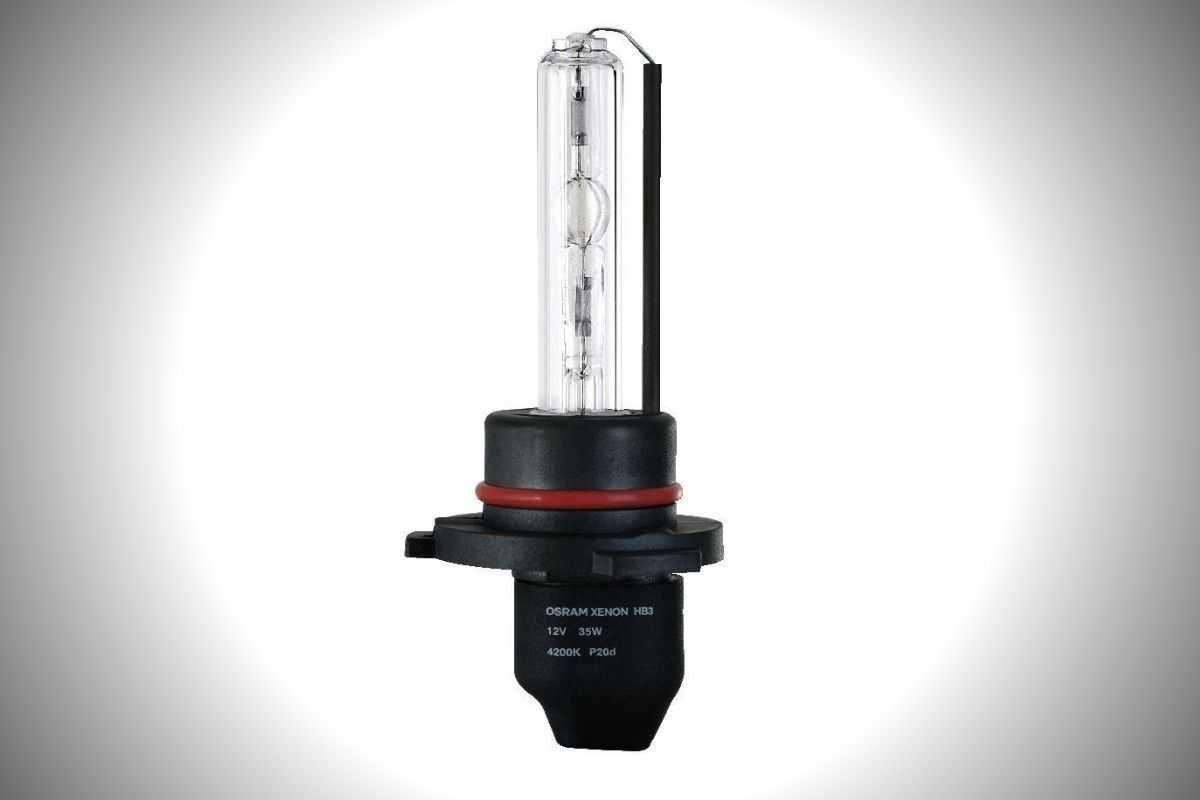
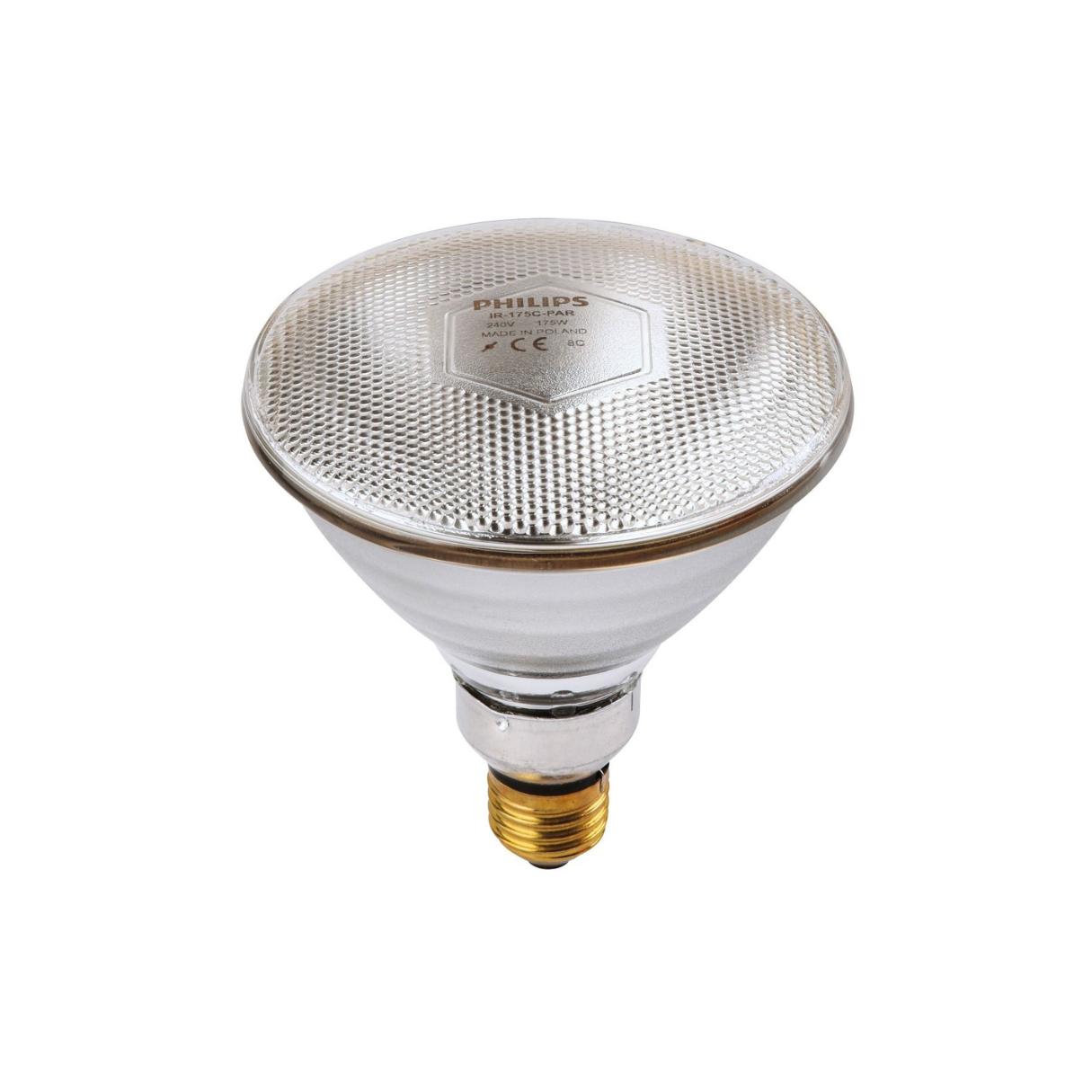


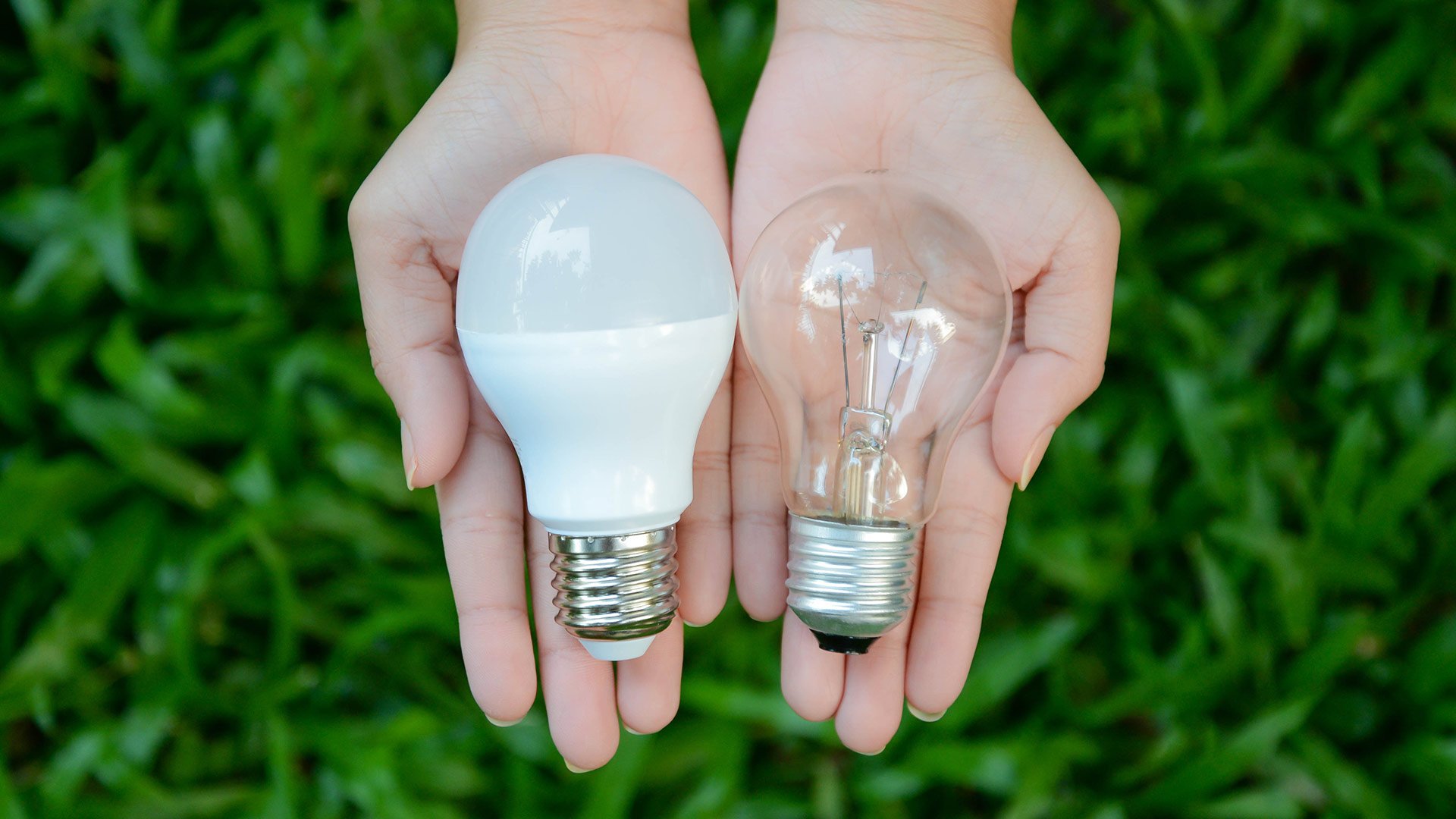
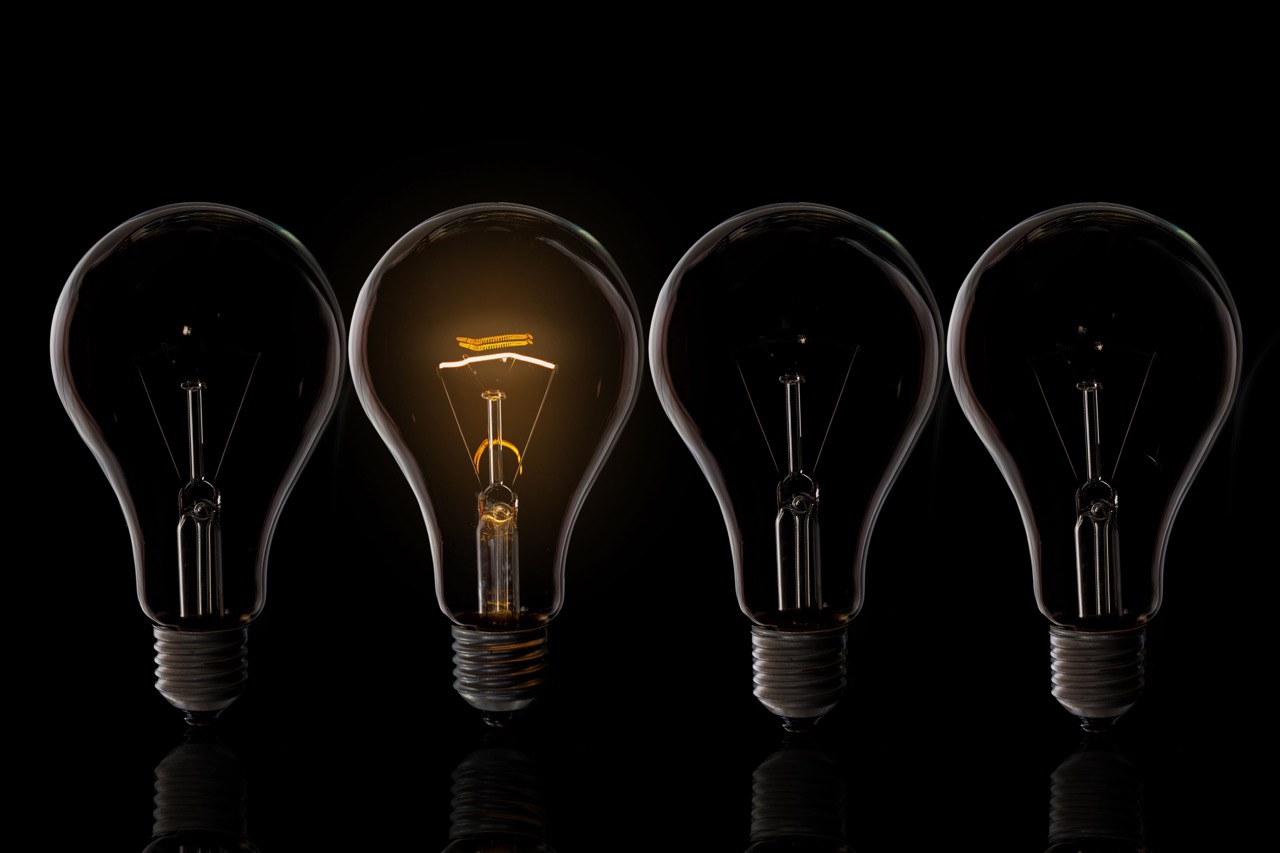
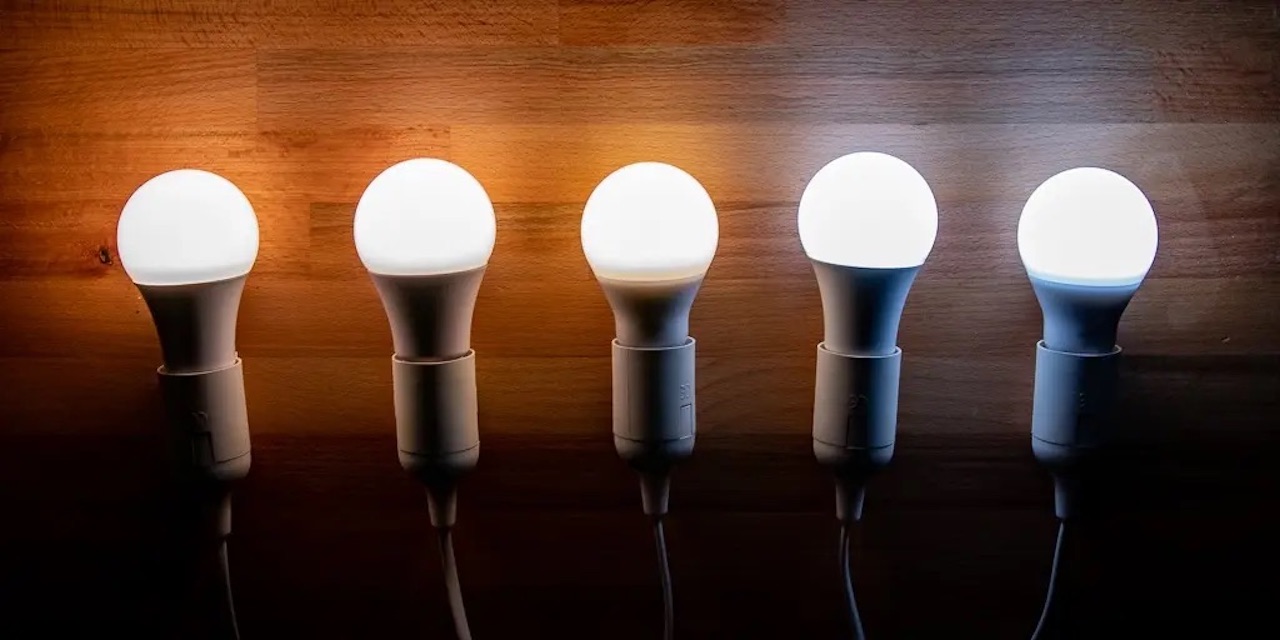
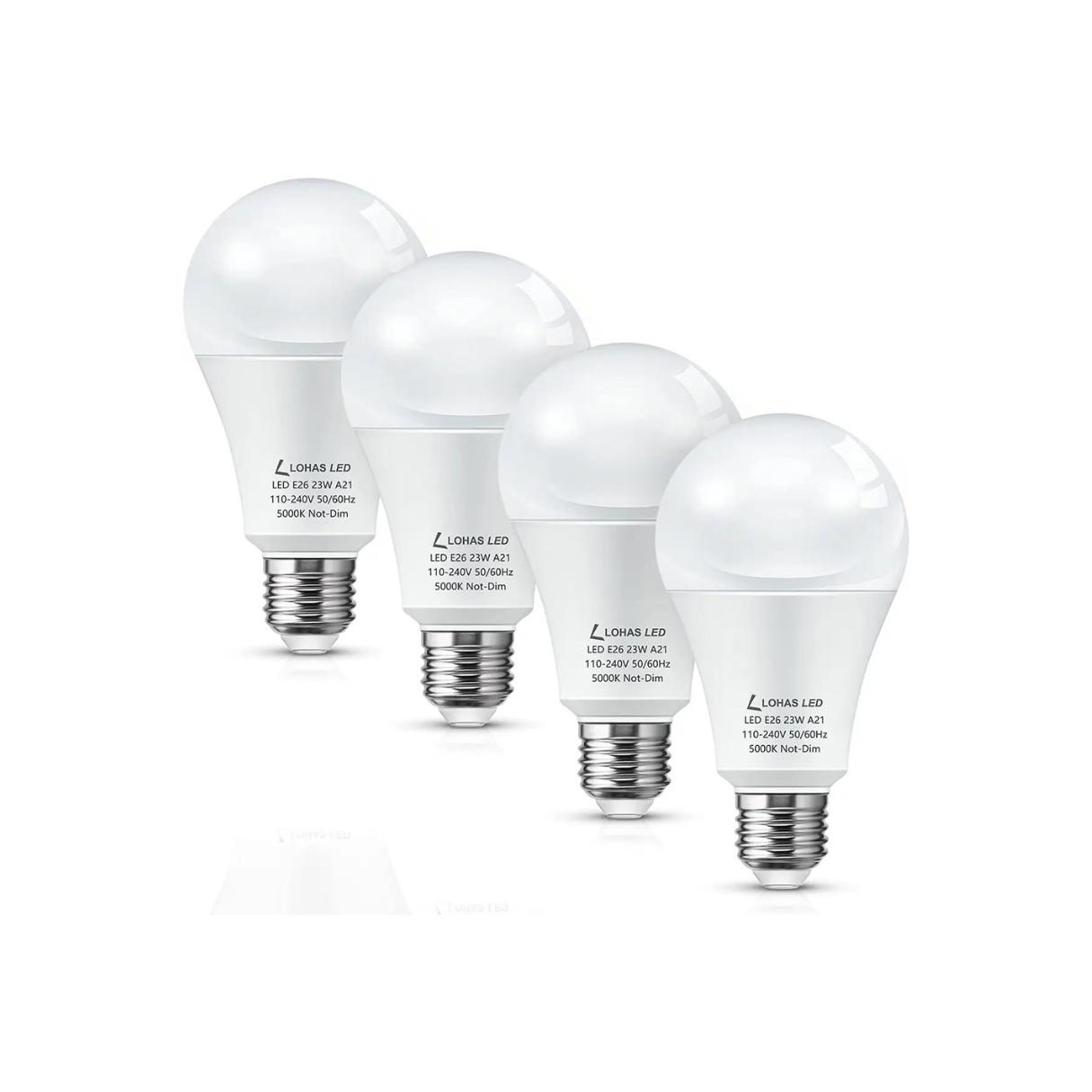
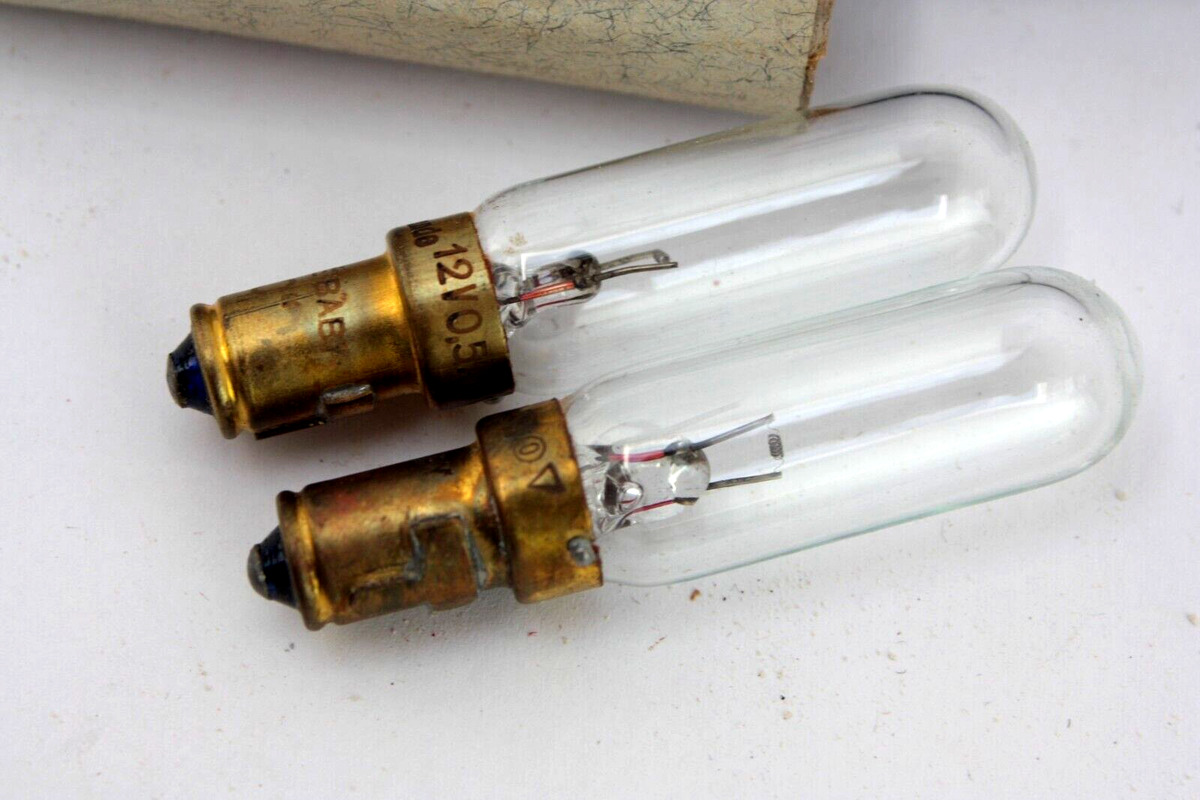
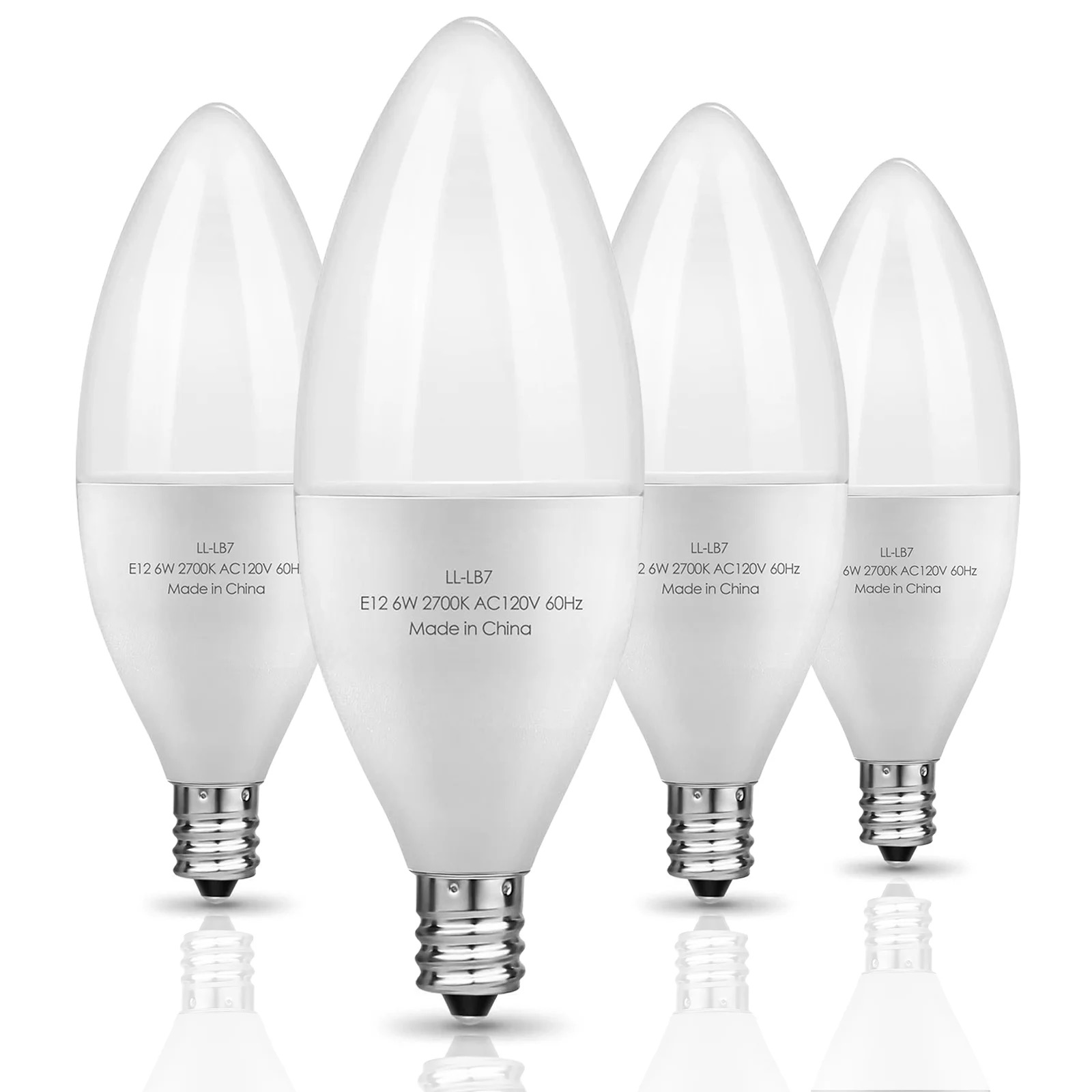
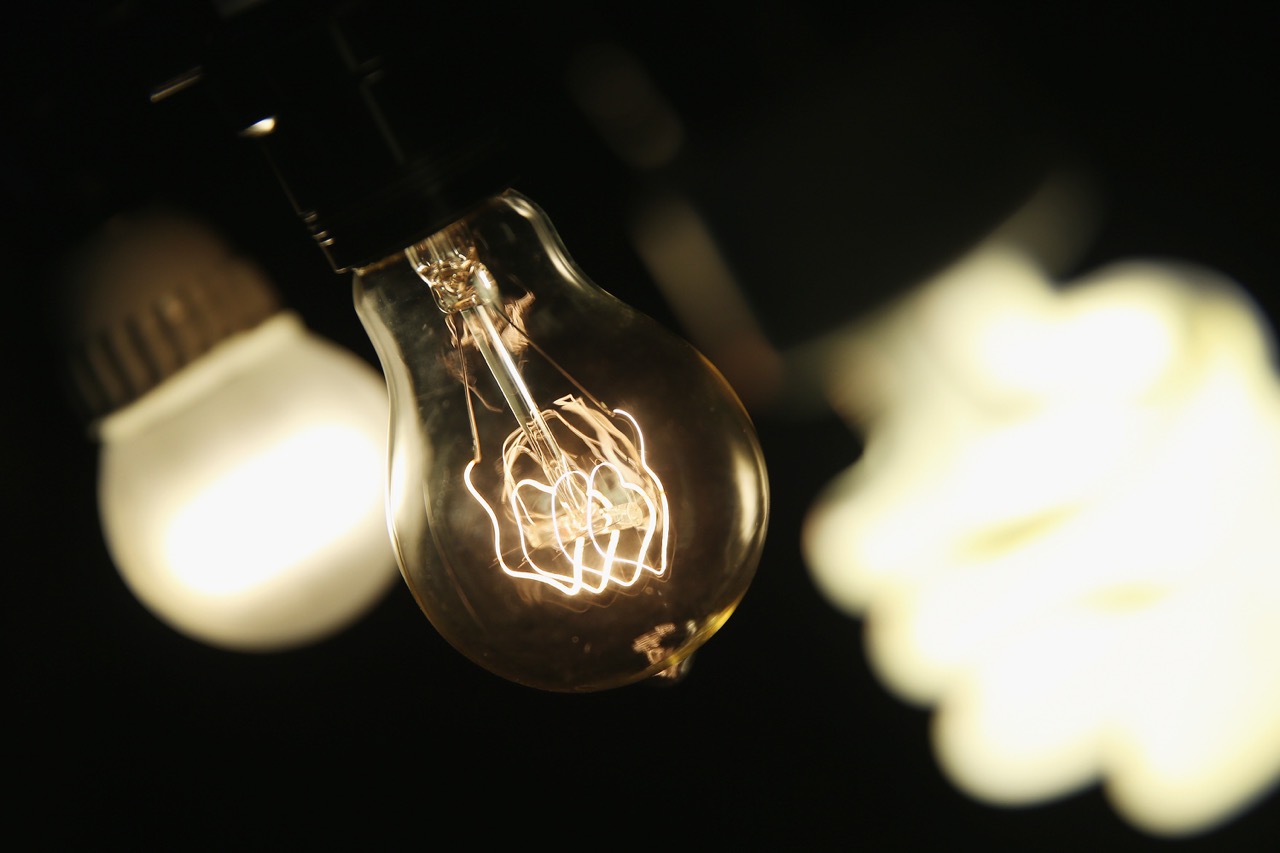

0 thoughts on “What Is CFL Light Bulb”